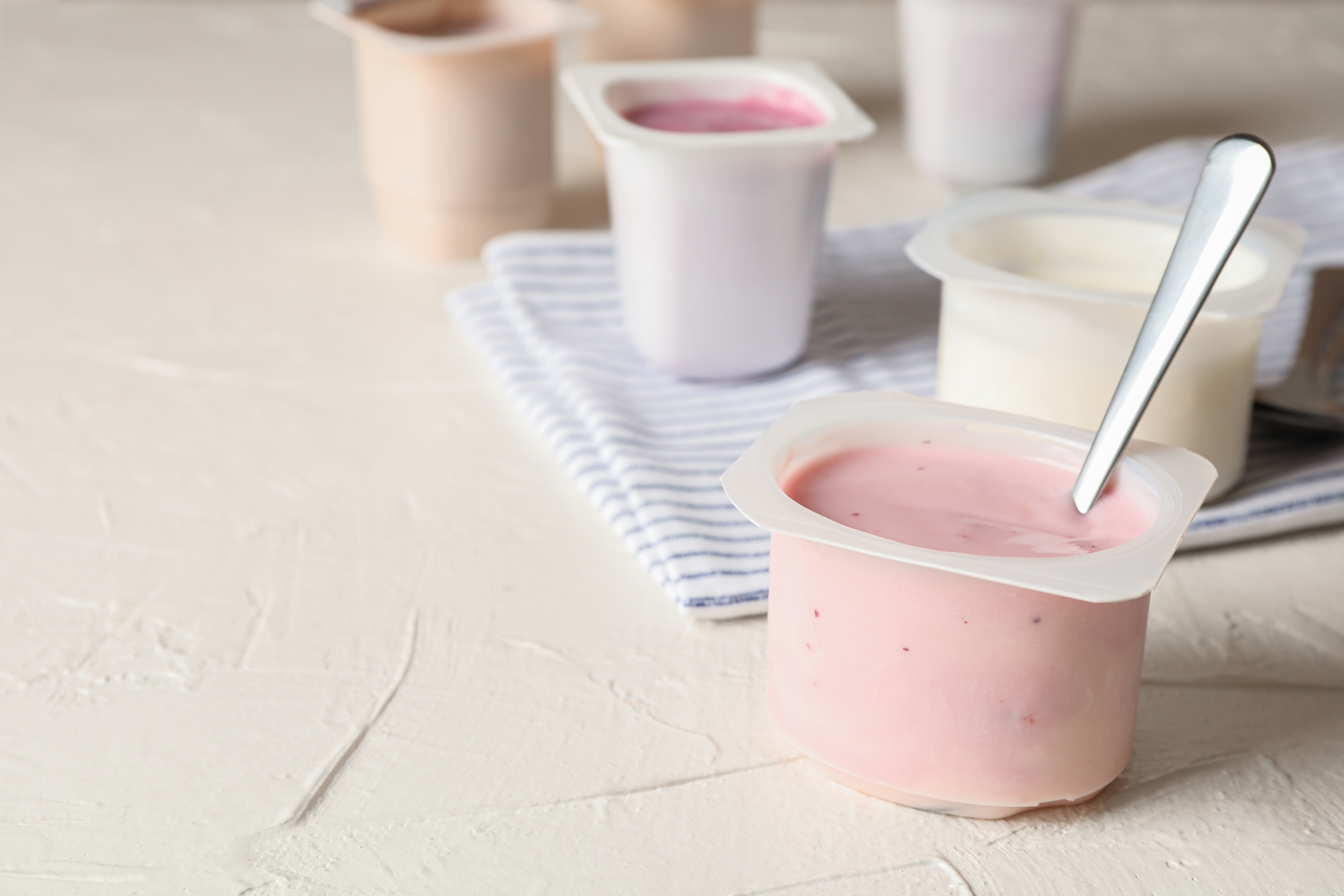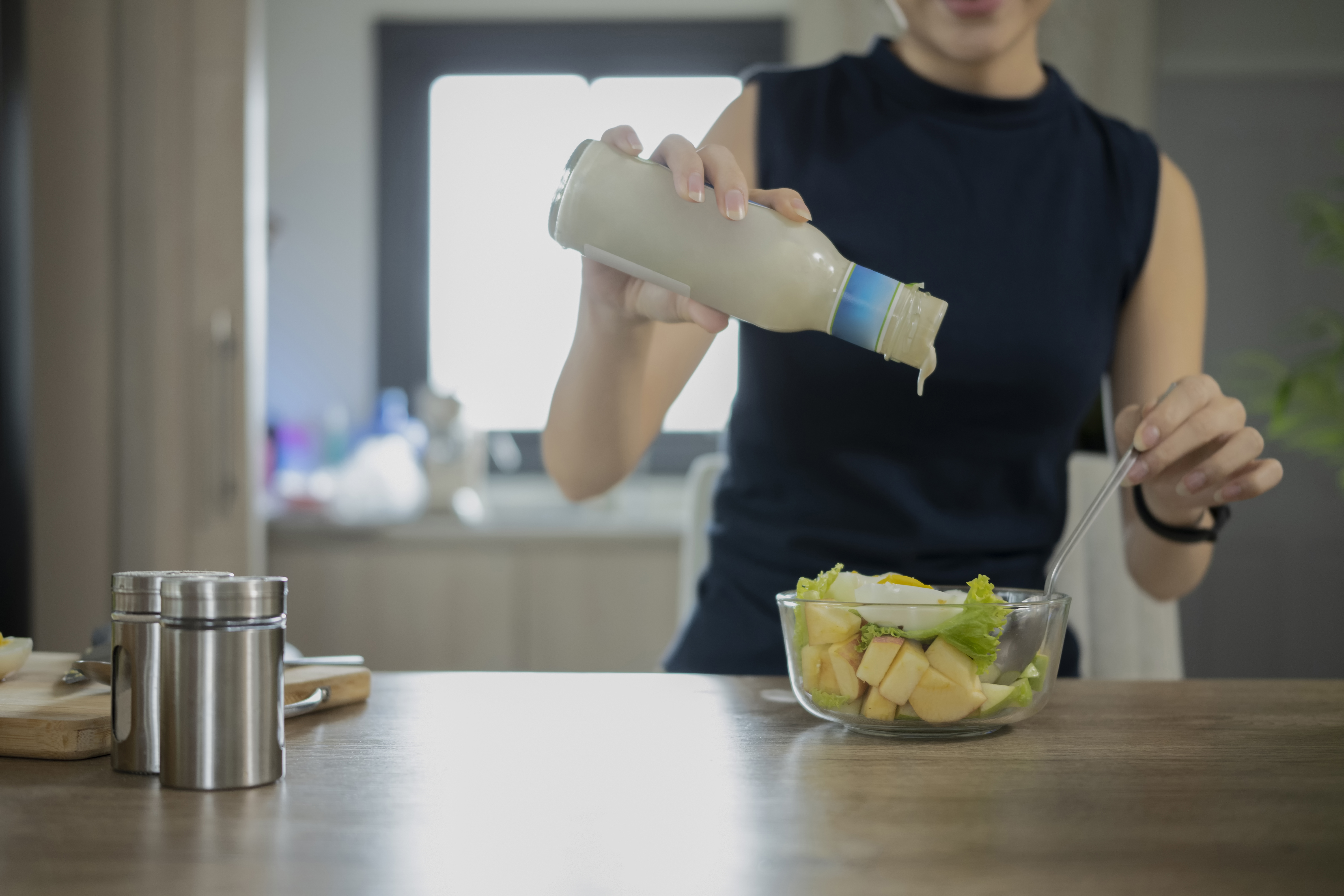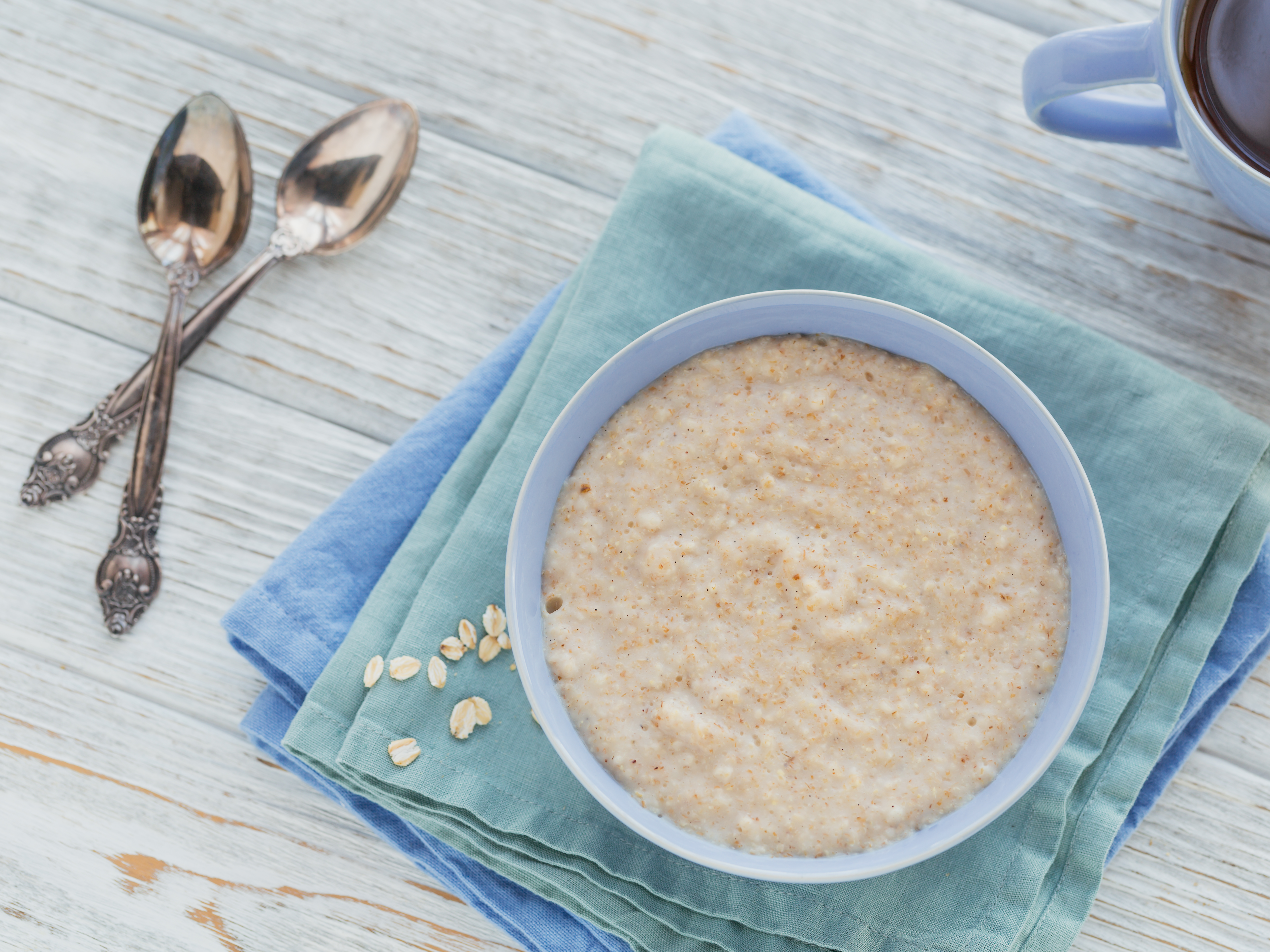Sneaky Foods You Think Are Healthy But Secretly Spike Your Blood Sugar
In the realm of health and wellness, the pursuit of a balanced lifestyle often leads individuals to make dietary choices believed to be beneficial. However, lurking beneath the surface of many seemingly healthy foods are hidden culprits that can silently elevate blood sugar levels, posing a challenge to maintaining optimal health. This article embarks on a comprehensive exploration of 13 such offenders, each masquerading as a benign component of a wholesome diet yet stealthily contributing to blood sugar spikes. By examining these hidden offenders, we aim to shed light on the importance of scrutinizing dietary choices and understanding their impact on blood sugar levels.
1. The Deceptive Nature of Fruit Juices

Fruit juices are often perceived as a healthy alternative to sugary soft drinks, but their impact on blood sugar levels can be surprisingly similar. While fruits are undoubtedly nutritious, the juicing process strips away the fiber, leaving behind a concentrated source of sugar. Without fiber to slow down the absorption of sugar, fruit juices can cause rapid spikes in blood glucose levels. This is particularly concerning for individuals aiming to manage their blood sugar or those with insulin sensitivity issues. Moreover, many commercial fruit juices contain added sugars to enhance flavor, further exacerbating their impact on blood sugar. Even juices labeled as "100% fruit juice" can be deceptive, as they still contain significant amounts of natural sugars without the balancing effect of fiber. It's essential to recognize that the convenience and taste of fruit juices come at a cost to blood sugar stability. By opting for whole fruits instead, individuals can enjoy the full nutritional benefits, including fiber, vitamins, and antioxidants, without the risk of unexpected sugar spikes.
2. The Sneaky Sweetness of Flavored Yogurts

Yogurt is often celebrated for its probiotic benefits and calcium content, making it a popular choice for health-conscious individuals. However, flavored yogurts can be a hidden source of added sugars that contribute to elevated blood sugar levels. While plain yogurt contains naturally occurring sugars in the form of lactose, flavored varieties often include significant amounts of added sugars to enhance taste. These added sugars can quickly accumulate, especially when consumed regularly as part of a daily diet. The presence of sugar not only diminishes the health benefits of yogurt but also poses a challenge for those managing their blood sugar levels. To mitigate this, choosing plain yogurt and adding fresh fruits or a drizzle of honey for natural sweetness is a healthier alternative. This approach allows individuals to control sugar intake while still enjoying the nutritional benefits of yogurt.
3. The Misleading Promise of Granola Bars

Granola bars are often marketed as a convenient, healthy snack option, but their healthfulness can be misleading. Many granola bars are loaded with sugars, syrups, and other sweeteners that can lead to unexpected blood sugar spikes. The combination of oats, nuts, and sweeteners creates a seemingly nutritious snack, but the added sugars can undermine its health benefits. Additionally, granola bars often contain minimal protein and fiber, which are essential for slowing sugar absorption and promoting satiety. This lack of balance can lead to a quick rise in blood sugar followed by a crash, leaving individuals feeling hungry and fatigued shortly after consumption. For those seeking a genuinely healthy snack, it's advisable to read labels carefully and opt for bars with minimal added sugars and higher protein and fiber content. Alternatively, making homemade granola bars allows for complete control over ingredients, ensuring a nutritious and satisfying snack.
4. The Unseen Sugars in Salad Dressings

Salads are a staple of healthy eating, but the choice of dressing can significantly impact their nutritional value. Many commercial salad dressings contain added sugars to enhance flavor, transforming a healthy meal into a hidden source of sugar. Even dressings labeled as "light" or "fat-free" can be deceptive, as they often compensate for reduced fat content with increased sugar. The impact of these added sugars on blood sugar levels can be substantial, particularly when large amounts of dressing are used. To maintain the health benefits of a salad, it's crucial to be mindful of dressing choices. Opting for homemade dressings made with olive oil, vinegar, and herbs allows for control over sugar content and enhances the overall nutritional profile of the meal. This simple change can make a significant difference in maintaining stable blood sugar levels while enjoying a delicious and healthy salad.
5. The Surprising Sugar Content in Breakfast Cereals

Breakfast cereals are a popular choice for their convenience and perceived health benefits, but many are laden with hidden sugars. Even cereals marketed as "whole grain" or "high fiber" can contain significant amounts of added sugars, contributing to blood sugar spikes. The combination of refined grains and sugars creates a product that, despite its healthy image, can undermine efforts to maintain stable blood sugar levels. For individuals seeking a healthier breakfast option, it's essential to scrutinize cereal labels and prioritize those with minimal added sugars and higher fiber content. Whole grain options with added nuts or seeds can provide a more balanced meal, offering sustained energy and satiety. Alternatively, preparing homemade oatmeal with fresh fruits and nuts allows for complete control over sugar content and ensures a nutritious start to the day.
6. The Hidden Sugars in Smoothies

Smoothies are often hailed as a healthful way to consume fruits and vegetables, but their sugar content can be surprisingly high. Many commercial smoothies are made with fruit juices, sweetened yogurt, or added sugars, leading to a drink that can significantly impact blood sugar levels. The absence of fiber in these ingredients further exacerbates the issue, as it allows for rapid sugar absorption. To enjoy the benefits of smoothies without the sugar pitfalls, it's advisable to make them at home using whole fruits, vegetables, and a source of protein or healthy fats. This approach ensures a balanced nutritional profile, providing vitamins, minerals, and fiber without the risk of unexpected sugar spikes. By being mindful of ingredients, individuals can savor the goodness of smoothies while maintaining stable blood sugar levels.
7. The Unexpected Sugar in Sauces and Condiments

Sauces and condiments can add flavor and excitement to meals, but they often come with hidden sugars that can affect blood sugar levels. Ketchup, barbecue sauce, and even some pasta sauces contain added sugars to enhance taste, transforming them into unexpected sources of sugar. The impact of these sugars can be significant, particularly when large amounts of sauce are used. To minimize this, it's important to read labels carefully and choose products with minimal added sugars. Alternatively, making homemade sauces allows for complete control over ingredients, ensuring a flavorful and healthful addition to meals without the risk of sugar spikes.
8. The Sweet Surprise in Nut Butters

Nut butters, such as peanut and almond butter, are often considered healthy spreads due to their protein and healthy fat content. However, many commercial varieties contain added sugars and oils to improve texture and flavor, which can contribute to elevated blood sugar levels. To enjoy the benefits of nut butters without the sugar pitfalls, it's advisable to choose natural varieties with no added sugars or oils. These options provide the nutritional benefits of nuts, including healthy fats and protein, without the risk of unexpected sugar spikes. By being mindful of ingredients, individuals can savor the goodness of nut butters while maintaining stable blood sugar levels.
9. The Hidden Sugars in Energy Drinks

Energy drinks are marketed as a quick source of energy and alertness, but their sugar content can be alarmingly high. Many energy drinks contain significant amounts of added sugars, which can lead to rapid blood sugar spikes and subsequent crashes. For those seeking a boost in energy, it's essential to be cautious of energy drinks and consider alternatives with lower sugar content. Options such as black coffee, green tea, or naturally flavored water can provide a more balanced approach to energy without the risk of sugar-related pitfalls. By making informed choices, individuals can maintain stable energy levels and avoid the negative impact of excessive sugar intake.
10. The Sugary Reality of Protein Bars

Protein bars are often marketed as a convenient source of nutrition for active individuals, but many contain hidden sugars that can undermine their health benefits. The combination of protein, sweeteners, and flavorings creates a product that, despite its healthy image, can contribute to blood sugar spikes. To ensure a genuinely nutritious snack, it's important to read labels carefully and choose protein bars with minimal added sugars and higher protein content. Alternatively, making homemade protein bars allows for complete control over ingredients, ensuring a balanced and satisfying snack without the risk of unexpected sugar spikes.
11. The Sugar-Laden World of Instant Oatmeal

Instant oatmeal is a popular breakfast choice for its convenience and perceived health benefits, but many varieties contain added sugars and flavorings that can impact blood sugar levels. The processing of instant oats often removes fiber, further exacerbating the issue by allowing for rapid sugar absorption. For a healthier breakfast option, it's advisable to choose plain, whole oats and add natural sweeteners such as fruits or honey. This approach provides the nutritional benefits of oats, including fiber and essential nutrients, without the risk of unexpected sugar spikes. By being mindful of ingredients, individuals can enjoy a nutritious and satisfying start to the day.
12. The Deceptive Allure of Dried Fruits

Dried fruits are often considered a healthy snack due to their vitamin and fiber content, but the drying process concentrates their sugar content, leading to a product that can significantly impact blood sugar levels. Additionally, many commercial dried fruits contain added sugars to enhance flavor and texture. To enjoy the benefits of dried fruits without the sugar pitfalls, it's important to choose unsweetened varieties and consume them in moderation. Pairing dried fruits with a source of protein or healthy fats can also help balance their impact on blood sugar levels. By being mindful of portion sizes and ingredients, individuals can savor the goodness of dried fruits while maintaining stable blood sugar levels.
13. The Sweet Trap of Low-Fat Snacks

Low-fat snacks are often marketed as a healthier alternative to regular snacks, but many contain added sugars to compensate for reduced fat content. This can lead to a product that, despite its healthy image, contributes to blood sugar spikes and undermines efforts to maintain a balanced diet. For those seeking a genuinely healthy snack, it's important to read labels carefully and choose options with minimal added sugars and higher protein or fiber content. Alternatively, preparing snacks at home allows for complete control over ingredients, ensuring a nutritious and satisfying option without the risk of unexpected sugar spikes.
Beyond the Label: Mastering Blood Sugar for True Health

The journey to stable blood sugar levels is profoundly impacted by the 13 hidden culprits we've now unmasked. This isn't just about avoiding desserts; it's a critical shift in awareness, from scrutinizing fruit juices and flavored yogurts to recognizing the stealthy sweetness in plant-based milks, breads, and even seemingly savory sauces. Modern diets are riddled with disguised sugars that silently contribute to blood glucose spikes, undermining our best health intentions. By prioritizing whole, unprocessed foods, diligently reading nutrition labels, and making informed choices about every bite and sip, you regain agency over your blood sugar. This comprehensive guide empowers you to navigate the complexities of today's food landscape, transforming blind spots into informed decisions, and paving a clearer path toward vibrant, sustained health.